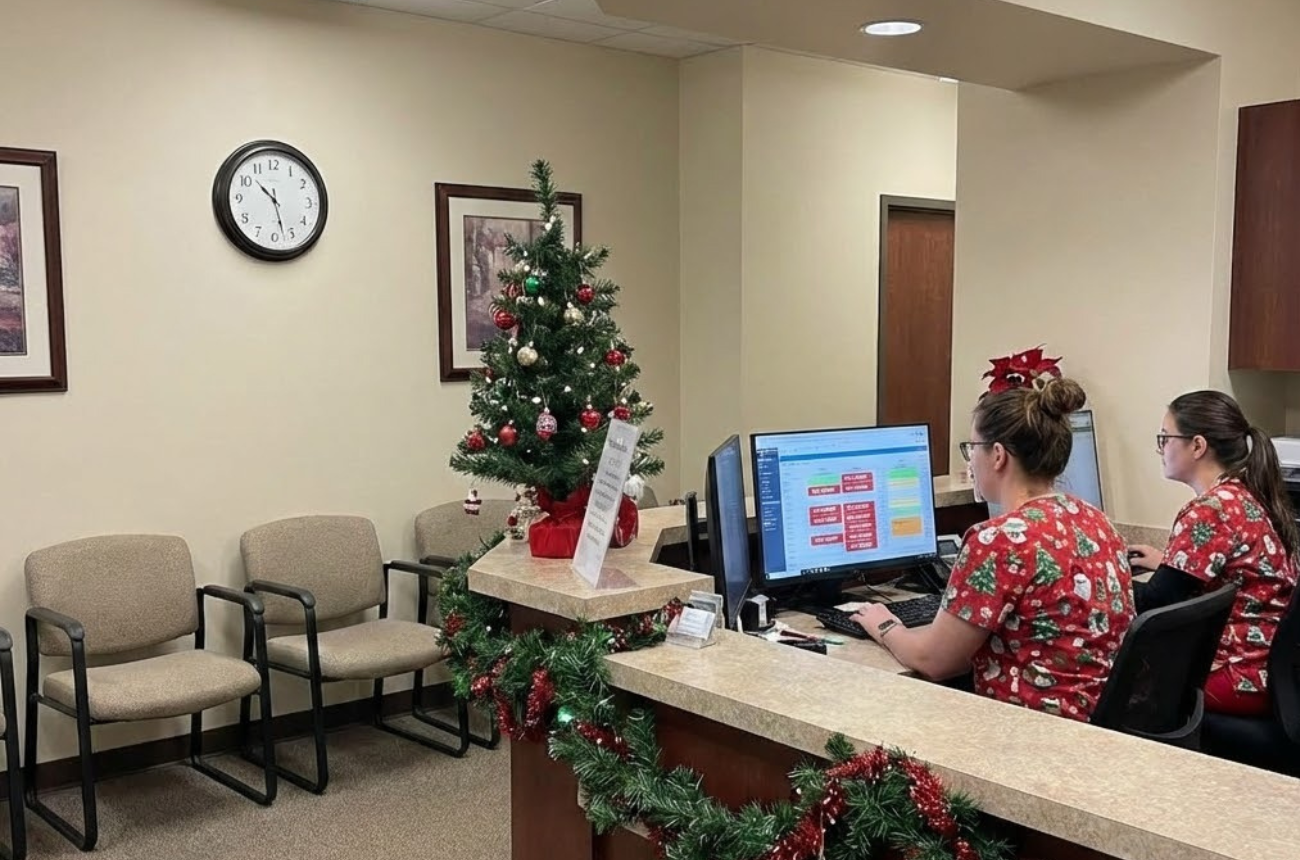Avoid legal pitfalls while scaling your GLP-1 program across state lines.
The popularity of GLP-1 medications like semaglutide, trizepatide, and other weight loss prescriptions has exploded — and so has interest in offering them via telehealth.
If you're a medical practice looking to expand your weight loss program into multiple states, the opportunity is real — but so are the legal risks. From state licensing laws to pharmacy fulfillment restrictions, offering medications across borders requires more than a Zoom link and a payment form.
Here’s what you need to know to build a legally compliant, scalable, and patient-safe multistate telehealth model for weight loss medications.
1. You Must Be Licensed in the Patient’s State
This is the single most important rule:
Providers must be licensed in the state where the patient is physically located at the time of the telehealth visit.
If your patient lives in Florida and you're based in New York, you need a Florida license (or a licensed provider on staff who holds one) to legally prescribe.
Solutions:
- Hire or contract providers licensed in your target states
- Use multi-state licensed nurse practitioners or physicians
- Join the Interstate Medical Licensure Compact (IMLC) to streamline MD/DO licenses (if eligible)
Don't rely on pandemic-era flexibilities — most are expired or strictly limited.
2. You Must Establish a Valid Provider–Patient Relationship
Telehealth doesn’t remove the requirement to create a legitimate medical relationship. This usually includes:
- Collecting full intake and medical history
- Reviewing recent labs or ordering new ones
- Conducting a synchronous video consult (phone-only is often not enough)
- Documenting an appropriate exam and clinical justification for any prescriptions
Some states allow asynchronous consults (e.g., intake form + review), but many do not when prescribing controlled or compounded medications.
Best Practice:
Always include a live video visit before initiating medication — even for refills — and document everything in your EMR.
3. Know Which Medications Are Regulated Differently by State
You might be surprised to learn that some states treat GLP-1s or compounded meds differently than others.
Examples:
- Certain states restrict the use of compounded semaglutide due to FDA guidelines or state pharmacy board rules
- Some states require specific disclosures or prior authorizations before prescribing weight loss medications
- A few states classify certain weight loss drugs (e.g., phentermine) as controlled substances, requiring stricter documentation, follow-ups, or limits
What to Do:
- Work with a legal team or healthcare attorney to review state-specific prescribing laws
- Use EMR prompts or templates that vary based on the patient’s state of residence
- Stay updated monthly — pharmacy and telehealth regulations can change quickly
4. Medications Must Be Fulfilled by a Licensed Pharmacy in the Patient’s State
Even if you’re not shipping the medications yourself, your pharmacy partner must be licensed to operate in the patient’s state.
This applies to:
- Compounding pharmacies shipping semaglutide
- 503A or 503B facilities fulfilling injectable meds
- Mail-order pharmacies used in DTC models
If a pharmacy is not licensed in a particular state, it cannot legally ship meds there — and you can be held liable for facilitating that.
Best Practice:
- Build partnerships with multi-state licensed pharmacies
- Track each patient’s state and ensure fulfillment routes are compliant
- Document pharmacy selection in your EMR
5. Don’t Sell Medications Without a Prescription
This one sounds obvious — but it’s a common compliance failure in many direct-to-consumer telehealth models.
You cannot legally take payment for prescription medications before a provider reviews the case and authorizes the prescription.
This includes:
- Selling “kits” or packages that bundle consult + meds before the consult has occurred
- Charging patients before clinical approval
- Advertising Rx-based results before medical eligibility is determined
Safer Models:
- Use a two-step payment structure (consult first, meds billed after approval)
- Or, charge only for the visit, and let patients pay the pharmacy directly for the medication
- Use EMR workflows that separate visit charges from fulfillment orders
6. Document Thoroughly — and Don’t Make Promises
If you're practicing in multiple states, you’re already operating in a higher-risk category. That makes thorough documentation and clear communication critical.
What to include in your records:
- Provider license in patient’s state
- Date/time of telehealth visit
- Labs reviewed (or ordered)
- Patient education and consent (include risks, alternatives, and lifestyle guidance)
- Medication name, dose, pharmacy used
- Follow-up plan
And on your website or booking page, do not promise results or guarantee medication access. Instead, say:
“Medications may be prescribed if clinically appropriate, following a provider consultation and review of lab results.”
7. Use an EMR Built for Multistate Compliance
Managing a multistate telehealth model without the right tools is a recipe for burnout — or worse, compliance errors.
Here’s how your EMR can help you stay legally sound:
- Track each patient’s state of residence and provider license mapping
- Auto-insert state-specific consent forms into visit notes
- Send medication-specific handouts based on what was discussed
- Store pharmacy details linked to fulfillment
- Flag high-risk prescriptions or follow-up requirements
- Trigger scheduled follow-ups or refills with task automation
If your current EMR doesn’t support this, you’re putting all the pressure on your team — and that’s not scalable.
Final Checklist for Multistate Weight Loss Programs
Before you expand your program across state lines, make sure you:
- Verify provider licenses in each target state
- Establish proper patient–provider relationships with video visits
- Partner with pharmacies licensed in each state
- Avoid charging for Rx meds before the consult
- Use accurate, legal language on your website
- Document everything in a compliant EMR
Need an EMR That Can Handle Multi-State Care?
If you’re ready to grow your weight loss program — but want to stay 100% compliant — we can help.
OptiMantra supports:
- Multistate scheduling and licensing
- Pharmacy mapping and fulfillment notes
- Legal payment workflows
- Automated patient communication and follow-ups
Schedule a demo or start your free trial to build your program the right way.
This blog post is for informational purposes only and does not constitute legal, regulatory, or compliance advice. While we strive to provide accurate and up-to-date information regarding OIG, Joint Commission, and EMR-related requirements, healthcare laws and accreditation standards may vary by state, specialty, and practice setting, and are subject to change. Always consult with a qualified healthcare attorney, compliance officer, or regulatory expert to ensure your organization meets all applicable requirements.





